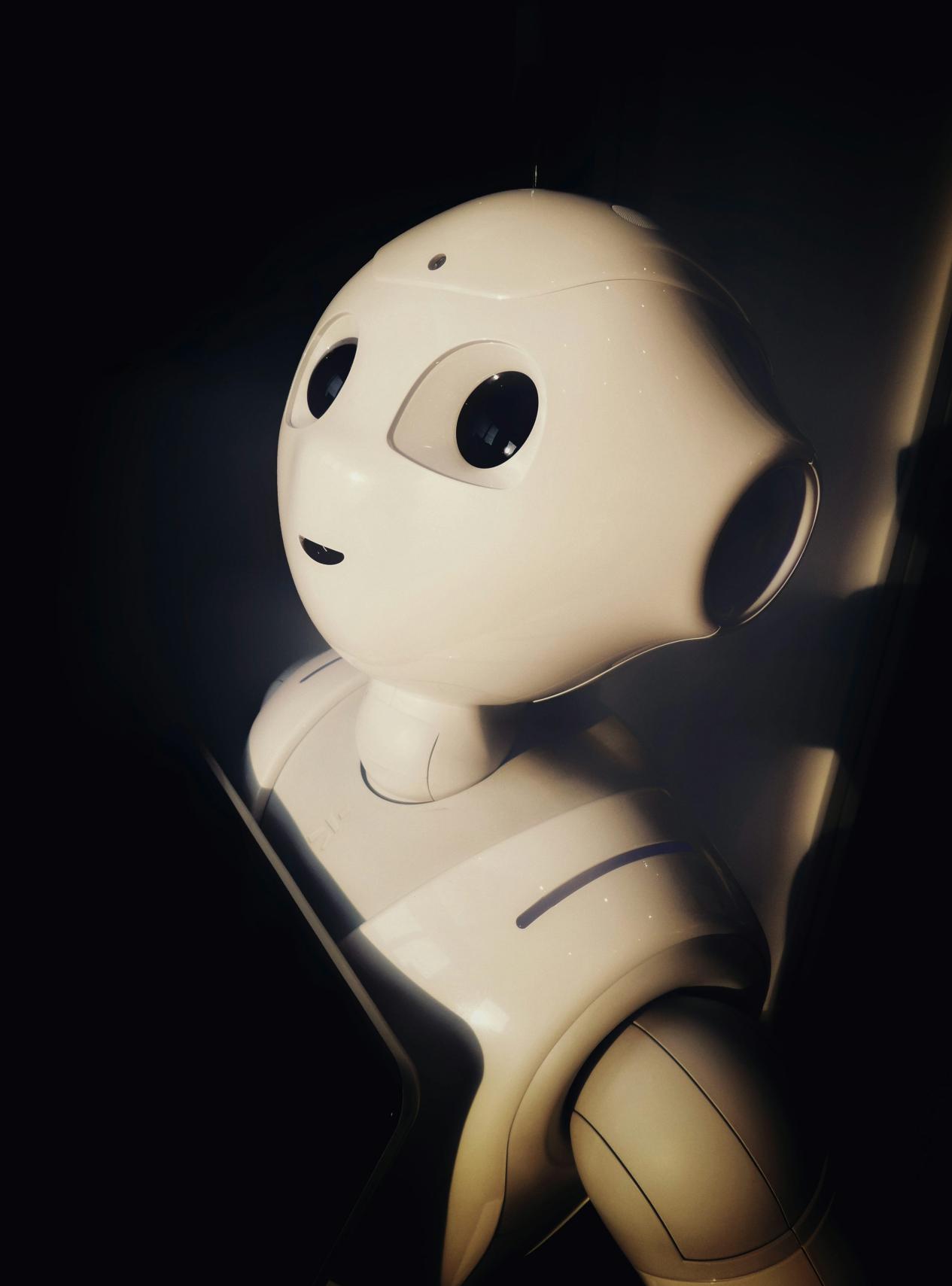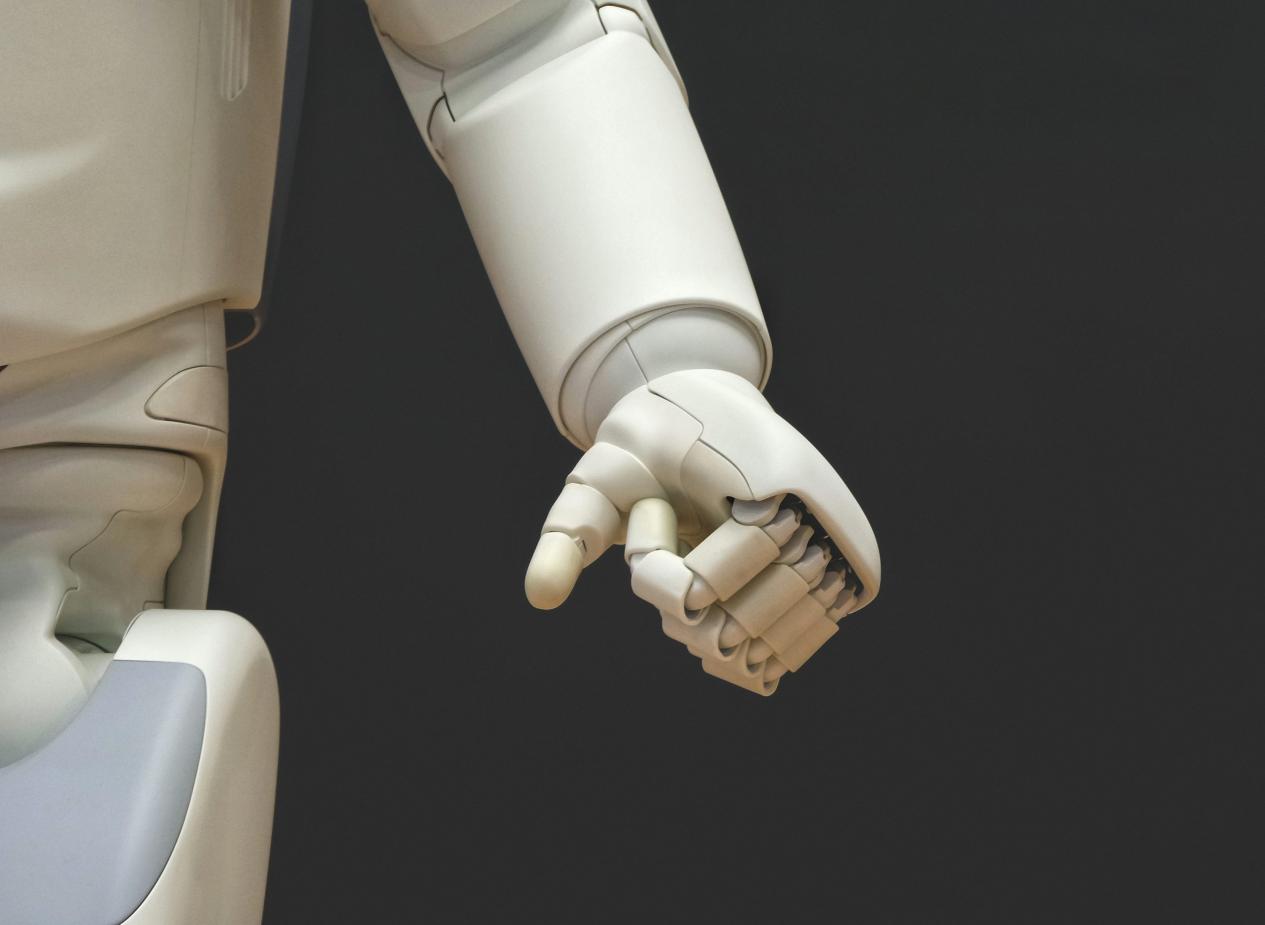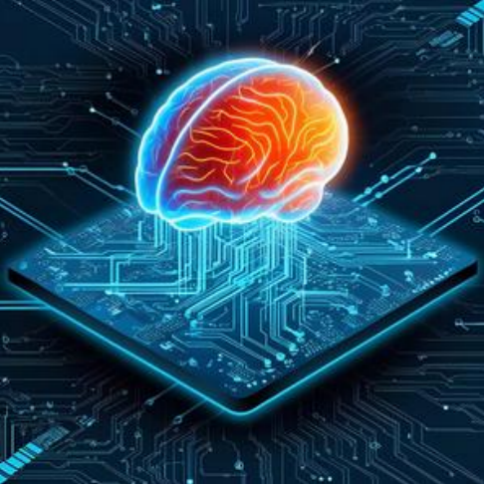How to overcome AI illusion rate through effective means

In the context of deep application of intelligent systems, technological reliability has become a key issue. Generative algorithms exhibit creativity but also suffer from information distortion, which can lead to multiple risks due to cognitive biases. The scientific research community is striving to build a reliable intelligent service system through multidimensional technological paths.
Technical features and cognitive biases
Generative algorithms are based on pattern recognition to construct response mechanisms, but their information output has inherent limitations. Due to information loss during the compression and reconstruction of training data, the system may produce logically consistent but factual statements. Research shows that even with high-quality training sets, algorithms may still experience information distortion in specific scenarios, which is closely related to the depth limitations of semantic understanding.

Exploration of industry response plans
The technical team is building a multi validation system. The dynamic fact checking mechanism cross verifies algorithm outputs by retrieving authoritative information sources in real-time. An innovative solution introduces a semantic entropy evaluation model to identify potential bias risks by analyzing the information density of response content. This warning mechanism has been put into trial use in the field of professional services, effectively reducing the error rate of critical information.
At the level of algorithm optimization, enhanced training frameworks are gradually being promoted. By introducing domain knowledge graphs and logical constraints, the algorithm is guided to establish a more rigorous inference chain. A multinational research project has developed a dual channel verification system that separates the generated content from the verification module, significantly improving the stability of information output.
Scientific exploration and technological breakthroughs
Neural computing analysis technology opens up new paths. Researchers establish a cognitive bias recognition model by monitoring the activation map of algorithm decision nodes. This "visualization of thinking" technology can effectively distinguish the factual statements and logical deductions of algorithms, providing a basis for dynamic correction.
The new integrated storage and computing chip reduces semantic loss during information transmission by optimizing the data flow architecture. Experimental results have shown that this hardware innovation can improve the accuracy of complex reasoning tasks by more than 30%.
Ethical Framework and Industry Standards
The construction of the technical standard system continues to advance. The International Organization for Standardization is developing reliability grading standards for intelligent services, requiring critical domain systems to have built-in deviation correction modules. The new draft regulation emphasizes that any commercial intelligent product must pass third-party trusted certification to ensure the stability of its core functions.
The industrial collaboration network is gradually forming. The open source community has launched a shared verification toolkit to help small and medium-sized R&D teams quickly build basic verification systems. Establish a cognitive bias case library through cross-border technology alliances, and enhance the overall risk prevention and control capabilities of the industry by sharing typical scenario data.

From algorithm optimization to hardware innovation, from industry standards to ethical construction, multidimensional technological evolution continues to drive the development of intelligent services towards a more reliable and secure direction. In the balance of innovation and responsibility, humanity is gradually building the cornerstone of trust in the era of intelligence.
(Writer:Dirick)





